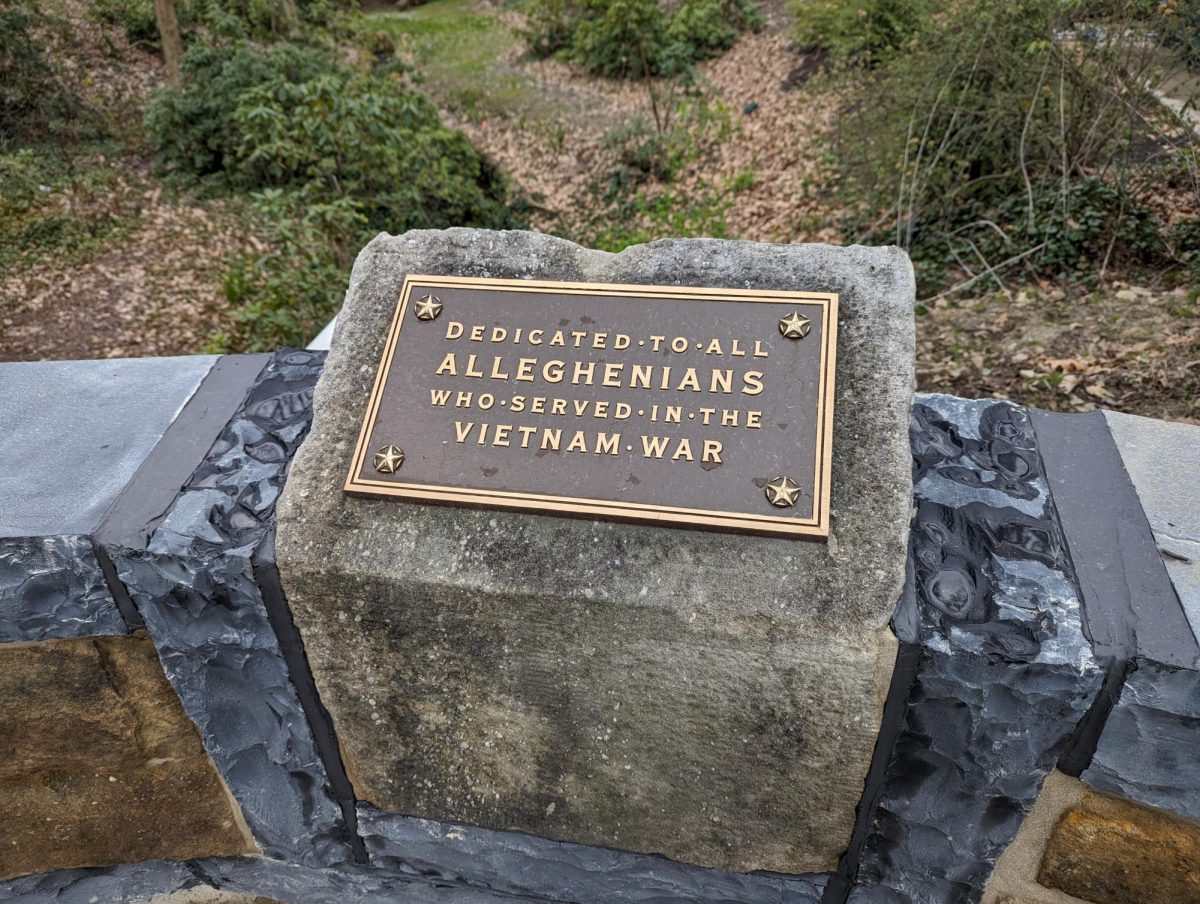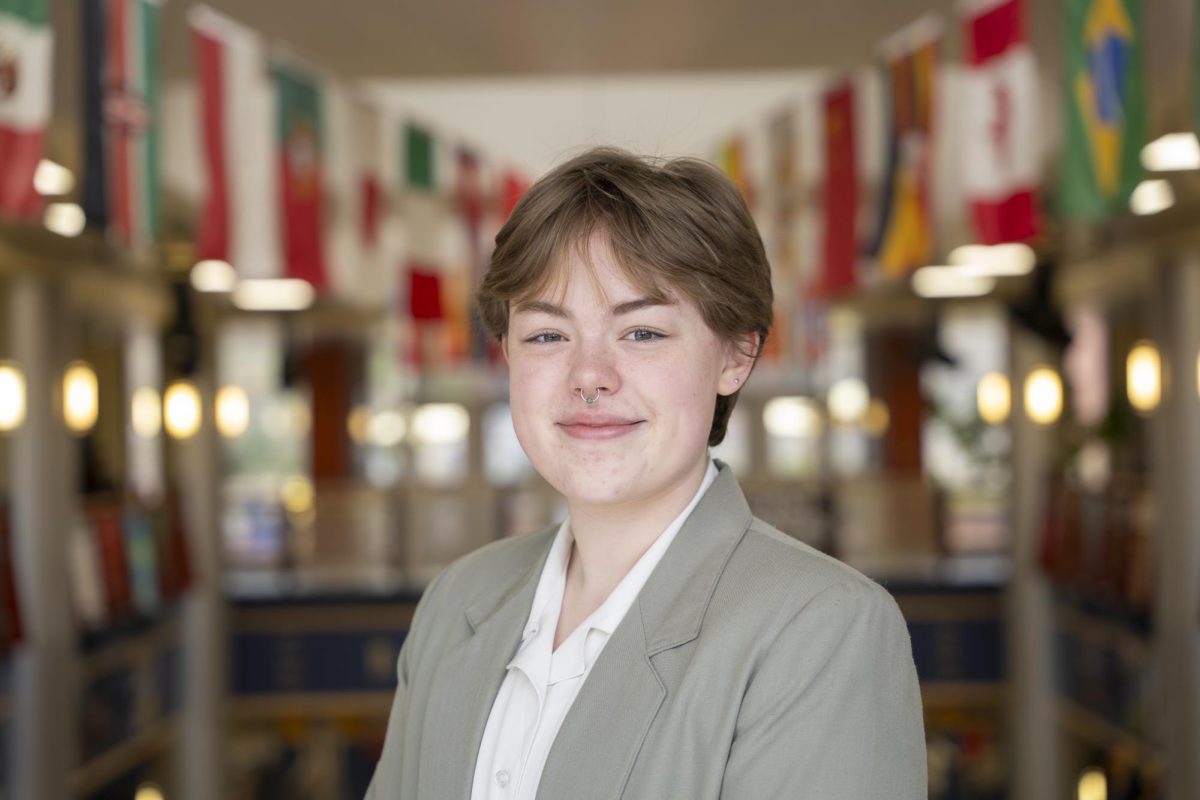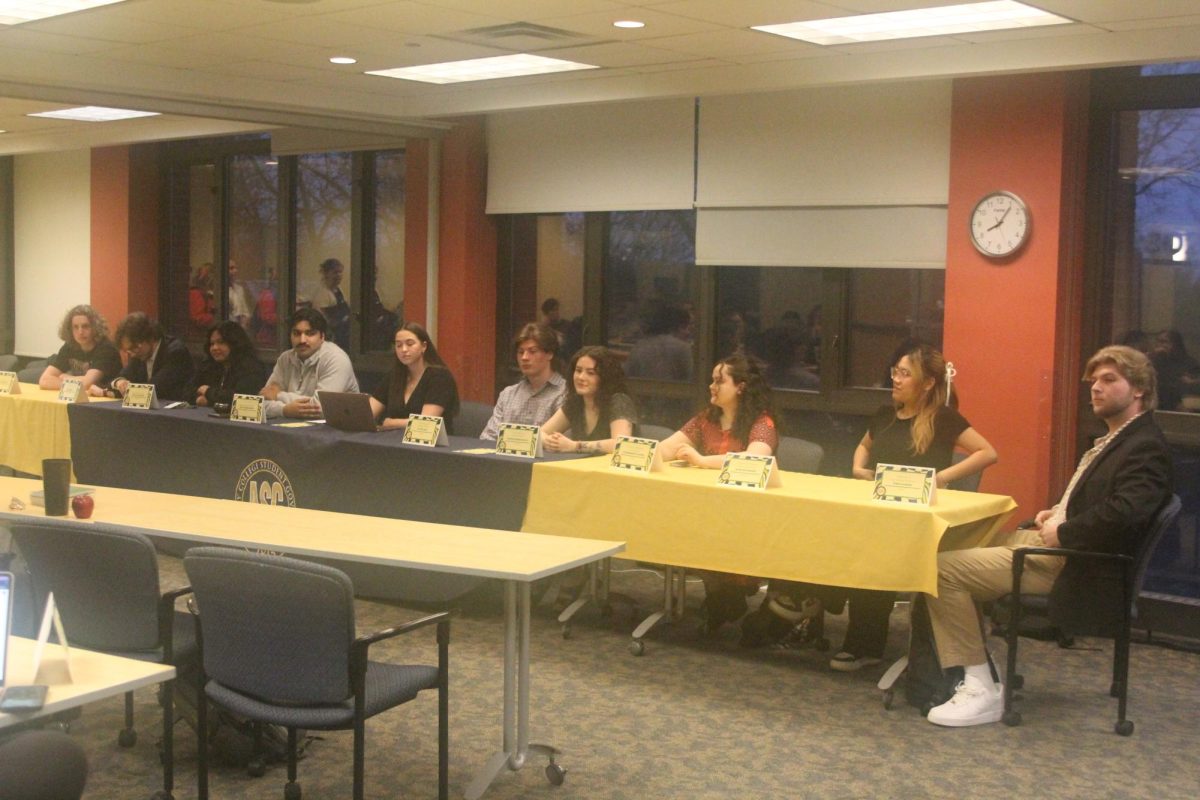By CHELSEA FLEISCHMAN
Staff Writer
The Office of Residence life revitalized Residence Hall Councils this year in a move to provide students with more opportunities to organize programs and events and build a stronger sense of community.
Although the concept of Residence Hall Councils has been a part of Allegheny Residence Life for some time, it hasn’t always had a definite focus or structure.
Betsy Scarpaci, area coordinator of Schultz, Brooks and Walker Halls, now oversees the initiative. She said past models failed to function because there was never staff member guiding their execution and providing a foundation.
“Last year, I think [Resident Advisors] were just looked at and told, ‘Hey, I think this is a good idea, why don’t you do this?’” she said. “But they didn’t really know what the purpose of them [RHCs] was.”
For some students that attended the Sept. 6 and 7 information sessions, RHCs were previously unheard of. Fiona Hensley, ’12, happened to be in the Campus Center for one of the sessions after seeing signs about RHCs in Brooks Hall.
“I heard people talking about how they [hall councils] had been around in the past, but I wasn’t aware of them,” Hensley said.
Hall councils will provide students with the opportunity to establish hall traditions, Scarpaci said. Hulings Hall, for example, was once known for its haunted houses. More importantly, she said that the councils’ primary focus is on residents working together to create the optimal living space.
“Each hall council caters to the needs of their hall,” she said. “It’s about allowing students to take ownership of where they live, make it like home.” She compared the needs of Brooks residents to those living in North Village.
Programs in Brooks, a large building that houses students from all classes, would most likely emphasize social activities. North Village, however, made up of four distinct buildings and home to upperclassmen, might focus more on post-college fundamentals that pertain to independent living.
Scarpaci also said that this year’s efforts will be more of a “pilot test” so that Residence Life can evaluate the success of the program. The councils are currently made up of an RA who acts as Residence Hall Council Advisor and a chair person elected by their individual hall’s volunteer participants.
Scarpaci hopes that by the end of this year, the program will be entirely self sustaining, and that by next year, a more elaborately structured student government will exist within each hall council. Reactions amongst the residence halls have been varied, Scarpaci said.
Ravine and North Village have done well with the idea, though others found it difficult to establish themselves amidst the semester’s initial activity overload, she added. Gillian Green, ’13, the RHC Advisor for Edwards and Crawford hall councils, held two meetings in each of her corresponding halls thus far, and said that the turnouts have been improving. “Every time at least one more of my residents comes to a meeting,” she said.
She’s also found that freshman, in particular, are taking initiative.
“The freshmen on the first floor of Edwards are really into it,” she said. “We even have two co-chairs already who work more closely with me to help facilitate the RHC.” Green said that the freshman in Edwards are trying to plan a sleepover party for next semester, complete with movies, popcorn, pillow fights and makeovers.
“It would become a tradition, which is kind of what the RHC is all about: leaving your mark on your community,” she said. Freshman Jasmine Davis attended Baldwin’s first RHC meeting. “I would like my residence hall to gain the experience of working together as a team,” she said. “We often split into groups, and do our own thing, but this is a chance for us to come together.”






